
Hi everyone!
This is Little Miss Loi (I’m an O-Level Science tutor, not to be confused with my sister – the older Miss Loi the Maths tutor 😛 , whom I think is still on the phone with those on her long long long mailing list *envies*).
Hmmm … it’s kinda late now so I don’t have much to say except that I’ve come up with some last, last, last, last, last, last, last, last, last, last, last, last, last, last-minute pointers for those of you taking your O-Level Physics MCQs in the next couple of days.
Hope they will be useful and I’ll talk more later when I have the time …
N.B: Anything in red is added note and is not part of the original question.
Whenever you see the phrase uniform speed, you should know instantly that acceleration = 0 ⇒ resultant force = 0.
A small submarine of mass 1000 kg sinks in water with a uniform speed of 2 m/s. What is the resultant force exerted on the submarine as it sinks?
- 0 N ✔
- 500 N downwards
- 2000 N downwards
- 10000 N downwards
A centre of mass of a stable pivoted object must always lie inline with its pivot. Also, a centre of mass may not necessary lie on the object itself.

The pressure p due to a fluid column is directly proportional to its height i.e. p = ρgh
Equal masses of water are poured into four jars as shown. In which jar is the pressure exerted by the water on the base the greatest?

- Just a hunch: Manometer and barometer questions didn’t appear in Paper 2. Worth a flip through.
Specific heat capacity (c) is constant for the same materials. Heat capacity (C) is proportional to mass.
Two blocks of copper, P and Q, each receiving the same amount of energy W. The mass of P is twice the mass of Q. The temperature rise of P is half the temperature rise of Q.
Which statement about P and Q is correct?
- The heat capacity of P is half the heat capacity of Q.
- The heat capacity of P is twice the heat capacity of Q. ✔
- The specific heat capacity of P is half the heat capacity of Q. (eliminated – c is constant as material is the same)
- The specific heat capacity of P is twice the heat capacity of Q. (eliminated – c is constant as material is the same)
When the focal point of a lens is unknown, remember that there’s another incident ray that passes through the optical centre of the lens without bending.
A lens forms an image at I of an object at O. Where does the lens form an image of an object at P?

In a divergent lens, the incident ray that is parallel to the principal axis refracts and appears to come from its focal point.
A ray of light strikes a diverging lens, as shown.

F1/F2 is the focal length of the lens. Which statement about the ray after it has passed through the lens is correct?
- It appears to come from F1. ✔
- It appears to come from F2.
- It appears to come from O.
- It meets at F2.
From Ohm’s Law i.e. V = RI, R is the gradient of the voltage-current (V–I) graph.
Which diagram shows the resistance increasing as the current rises?
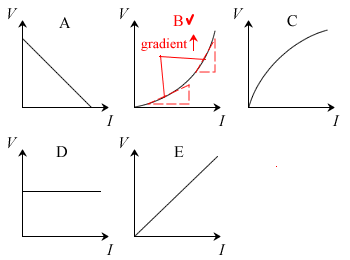
When resistors are connected in series,
- the current flowing through them is constant.
- the voltage across them is split.
- the higher the resistance, the higher the potential difference across it.

What is the reading on voltmeter V2?
- 3 V ✔
- 6 V
- 9 V
- 15 V
- 18 V
When resistors are connected in parallel,
- the potential difference across each of them is constant.
- the current is split.
- the higher the resistance, the lower the current that is flowing through it.

Which of the following statements concerning I1, I2 and I3 is correct?
- I1 is equal to I2 but bigger than I3.
- I2 is bigger than I3 but smaller than I1.
- I2 is equal to I3 but smaller than I1.
- I3 is bigger than I2 but smaller than I1. ✔
When circuit diagrams get weirder and weirder, don’t panic but remember that what goes in must come out.

What will be the magnitude and direction of the current in the wire XY?
Magnitude Direction A 1 A X to Y B ✔ 1 A Y to X C 5 A X to Y D 5 A Y to X E 8 A X to Y … and that you can actually ‘straighten’ wires that are slanted!
Which two resistor combinations have the same effective resistance between X and Y?

- P and Q
- P and S ✔
- Q and R
- R and S
- When using
 to calculate the effective resistance in a parallel circuit, don’t forget to ‘flip’ your
to calculate the effective resistance in a parallel circuit, don’t forget to ‘flip’ your  to get your final answer!
to get your final answer! The rating limit of a fuse is normally slightly higher than the normal current needed by the appliance.
The fuse rating for a fuse used in the plug of an electric heater should be
- much less than the normal heater current.
- just less than the normal heater current.
- exactly equal to the normal heater current.
- just greater than the normal heater current. ✔
- much greater than the normal heater current.
Iron and steel are magnetic materials. Lead, copper and aluminium, even though they are metallic, are NOT magnetic materials.
Magnetic field lines get trapped within magnetic materials and do not escape outside.
Three sheets of material are placed between magnets and iron nails as shown in the diagram.

Which of the following describes the force on the nail for each material?
Lead Iron Aluminium A attraction attraction attraction B attraction attraction repulsion C ✔ attraction no force attraction D no force no force no force E repulsion attraction repulsion Your third finger in Fleming’s Left-Hand rule represents the direction of conventional current!
The diagram shows a beam of electrons about to enter a magnetic field. The direction of the field is into the page.

What will be the direction of the deflection, if any, as the beam passes through the field?
- towards the bottom of the page ✔
- towards the top of the page
- into the page
- out of the page
- no deflection
In an a.c. generator, both amplitude AND frequency will double when its speed of rotation is doubled, and vice versa.
A simple a.c. generator produces a voltage which varies with time as shown in the diagram.

Which graph shows how the voltage varies with time when the speed of rotation is halved?

In Fleming’s left-hand rule, the force, magnetic field and current must all be perpendicular to one another. Therefore you can eliminate options that mention any form of parallel movement to the magnetic field.
The rigid wire XY can be moved about in the space between the magnets as shown in the diagram.

Which of the following movements would produce the greatest reading on the galvanometer?
- downwards, quickly ✔
- downwards, slowly
- sideways, quickly (eliminated!)
- sideways, slowly (eliminated!)
In questions involving solenoids and magnets with regards to Lenz’s Law,
- a similar pole is induced in the solenoid when the magnet moves towards it
- an unlike pole is induced in the solenoid when the magnet moves away from it
since Lenz’ Law states that an induced current will flow in a direction that produces effects to oppose the change that induces it.
The N pole of a bar magnet is pushed into a solenoid, as shown in the diagram. An electromotive force is induced which moves the galvanometer needle to the left.

Which action, using the same end of the solenoid, would produce a deflection in the same direction?
- pulling a N pole out of the solenoid.
- pushing a S pole into the solenoid.
- pulling the solenoid away from a N pole.
- pulling the solenoid away from a S pole. ✔
Hope this reaches some of you in time and good luck to all taking Physics on Monday and Tuesday!

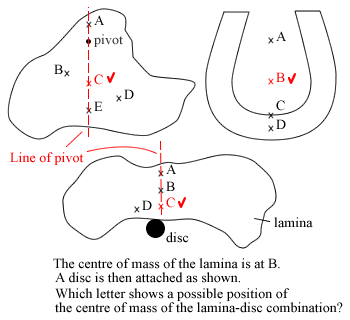
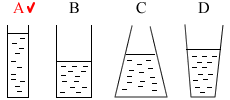
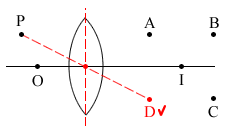
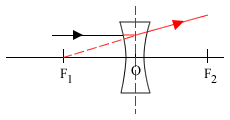
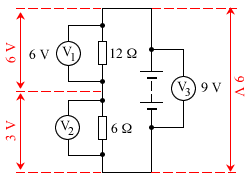
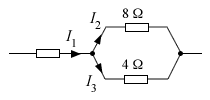
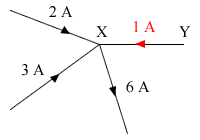
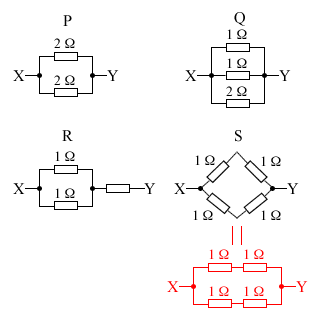
 to calculate the effective resistance in a parallel circuit, don’t forget to ‘flip’ your
to calculate the effective resistance in a parallel circuit, don’t forget to ‘flip’ your  to get your final answer!
to get your final answer!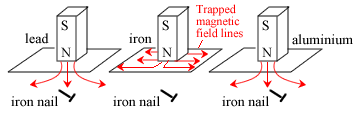
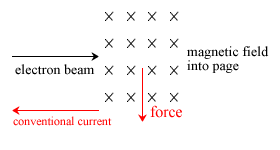
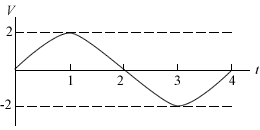
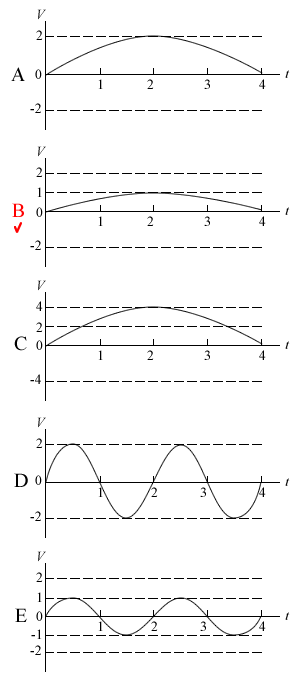
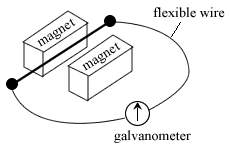
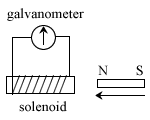
 Miss Loi is a full-time private tutor in Singapore specializing in O-Level Maths tuition. Her life’s calling is to eradicate the terrifying LMBFH Syndrome off the face of this planet. For over years she has been a savior to countless students …
Miss Loi is a full-time private tutor in Singapore specializing in O-Level Maths tuition. Her life’s calling is to eradicate the terrifying LMBFH Syndrome off the face of this planet. For over years she has been a savior to countless students … 




















